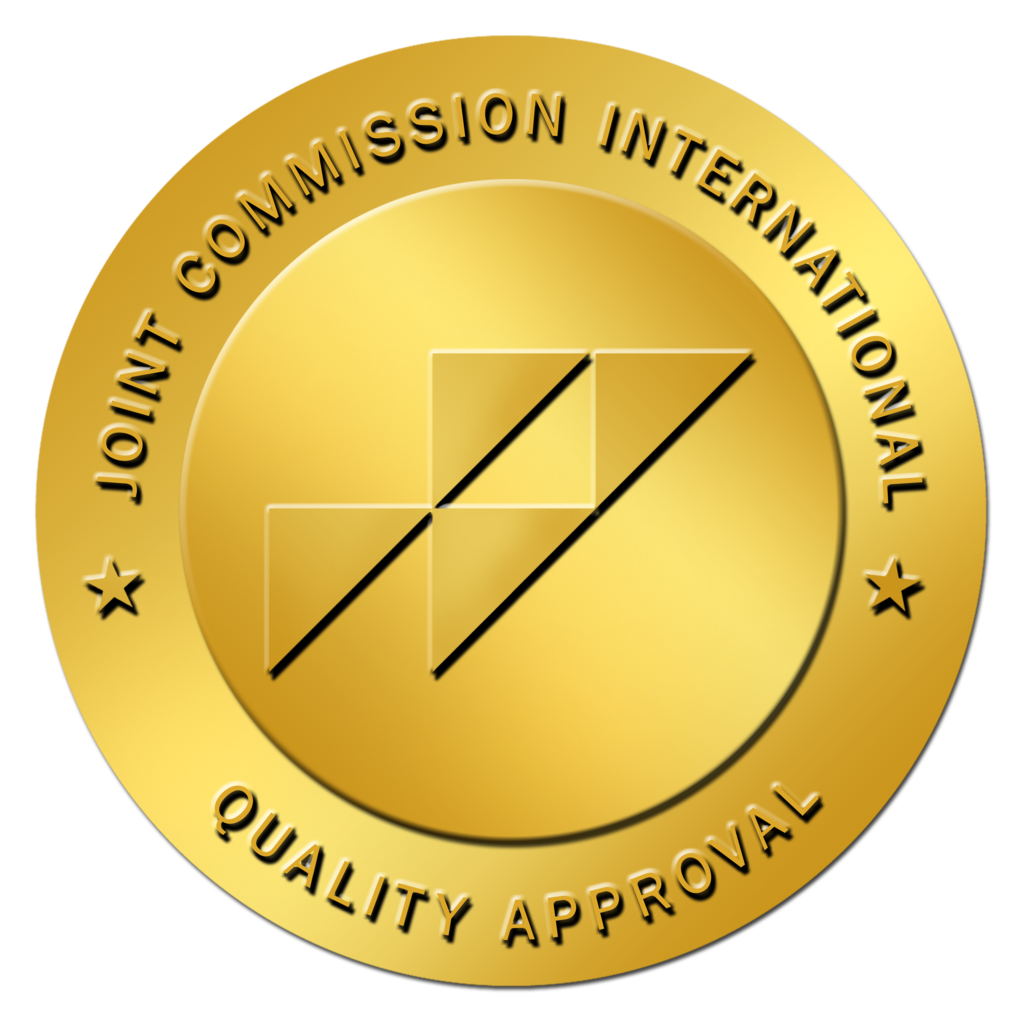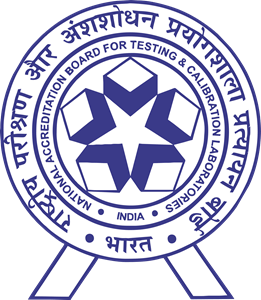info@vivavel.com
+919818262686
+919818262686
 info@vivavel.com
info@vivavel.com +919818262686
+919818262686Cerebral angioplasty is a medical procedure that helps open up blocked or narrowed blood vessels in the brain. These blockages can reduce blood flow and may lead to serious problems like strokes. During the procedure, a doctor threads a thin tube, called a catheter, through a blood vessel in the groin or arm and guides it up to the brain.
Once the catheter is in place, a small balloon at the tip is inflated inside the narrowed artery. This helps push the blockage to the sides and opens up the blood vessels, improving blood flow to the brain. Sometimes, a small metal mesh tube called a stent is also inserted. The stent helps keep the artery open and prevents it from narrowing again.
Cerebral angioplasty can help prevent strokes or other issues caused by reduced blood flow in the brain. The procedure is minimally invasive, meaning it doesn't require major surgery, and recovery time is usually quicker than traditional surgery. However, like any procedure, it does carry some risks, such as bleeding, infection, or damage to the blood vessel.
 Symptoms that may lead a doctor to recommend cerebral angioplasty include:
Symptoms that may lead a doctor to recommend cerebral angioplasty include:
These symptoms may indicate poor blood flow to the brain due to narrowed or blocked arteries, which increases the risk of a stroke.

 Cerebral angioplasty is often needed because of conditions that cause narrowing or blockage of the arteries in the brain. Some common causes include:
Cerebral angioplasty is often needed because of conditions that cause narrowing or blockage of the arteries in the brain. Some common causes include:
 You should seek medical attention if you experience:
You should seek medical attention if you experience:
These symptoms could indicate a stroke or a serious issue with blood flow to the brain, requiring immediate medical intervention.
 To determine whether cerebral angioplasty is needed, doctors use several diagnostic tests:
To determine whether cerebral angioplasty is needed, doctors use several diagnostic tests:
 Do's:
Do's:
 Don'ts:
Don'ts:
NOTE:
Our team of medical content authors has carefully collected and analyzed information on this topic to provide valuable insights to our readers. Utilizing a variety of reputable medical journals and health resources, this content aims to improve understanding of the subject. Please remember that while this information is informative, it should not substitute for personalized consultation or treatment from a qualified physician. For more details, please refer to our Editorial Policy.
For this topic, our authors used some of the following resources:
Stanford Health Care | Cerebral Angioplasty
Johns Hopkins Medicine | Cerebral Arteriogram
American Heart Association Journals | Angioplasty for Symptomatic Intracranial Stenosis | Stroke
ScienceDirect.com | Intracranial Angioplasty and Stent Placement for Cerebral





![]() Pusa Road, Radha Soami Satsang, Rajendra Place New Delhi, 110005 India
Pusa Road, Radha Soami Satsang, Rajendra Place New Delhi, 110005 India



![]() Budena Village, Sector 86, Faridabad, Haryana 121002, India
Budena Village, Sector 86, Faridabad, Haryana 121002, India



![]() C-1, Sushant Lok- 1, Sector-43, Phase- I, Gurugram, Haryana, 122002
C-1, Sushant Lok- 1, Sector-43, Phase- I, Gurugram, Haryana, 122002




![]() Lot 2, Jalan Baung 17/22, Seksyen 17, 40200 Shah Alam, Selangor Kuala Lumpur, 40200 (Malaysia)
Lot 2, Jalan Baung 17/22, Seksyen 17, 40200 Shah Alam, Selangor Kuala Lumpur, 40200 (Malaysia)


Dr. (Prof.) Rohit Gupta is a well-known neurologist in Faridabad, Haryana, India, with over 17 years of experience in clinical neurology. He achieved academic success...

Dr. Sandeep Ghosh is a highly regarded consultant neurologist, currently practicing at the esteemed Neurosciences Department of Accord Superspeciality Hospital in Faridabad, ...

Dr. Vikram Dua is one of India's top neuro and spine surgeons. With over 26 years of experience, he has performed over 10,000 surgeries, with a success rate excee...

Dr. LN Tripathy is a highly esteemed neurosurgeon with an impressive 31-year career. Since April 2010, he has been the Director of the Medica Institute of Neurologica...

Dr. Anish Kumar is a highly experienced medical professional with over 21 years of experience, including more than 11 years dedicated to neurology. He is currently a ...

Dr. Kaushik Sen is a highly esteemed senior consultant neurologist with over 18 years of post-DM experience in neurology. He holds a gold medal in MBBS, an MD i...
Treatment Plan & Cost within 2 days
